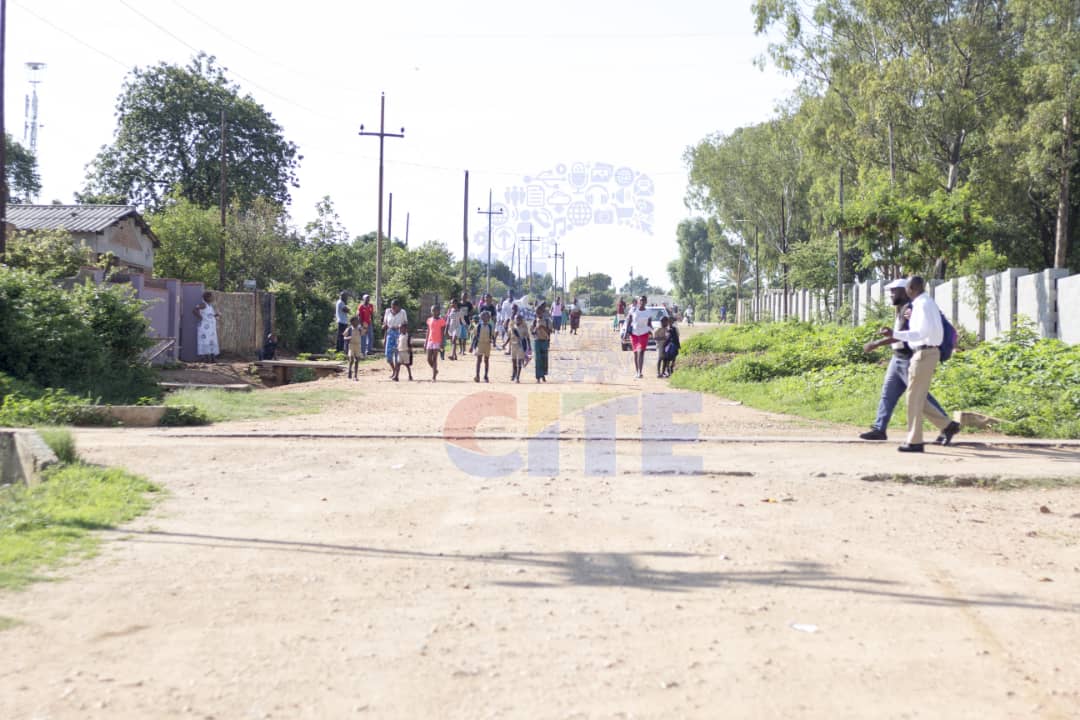More than 60 percent of children are turned away from school for non-payment of school fees while most parents and guardians in the country say the fees are too expensive, the latest Zimbabwe Vulnerability Assessment Committee (ZIMVAC) report has revealed.
However, school attendance in the country improved from 72 percent in 2018 to 83 percent in 2019 for children between the ages of 4 to 17 years, although the national percentage is still lower than in 2017 where attendance stood at 88 percent.
ZimVAC is comprised of representatives from the government, Development Partners, UN, NGOs, Technical Agencies and the academia who complied this survey in May 2019.
The report also noted although the government made a pronouncement that no child should be turned away from school, the number of pupils turned away for non-payment of school fees remains high at 61 percent.
Some of the major reasons why children were not in school varied from lack of school fees and parents keeping their children out of school deeming them to be too young to go to school.
The report noted that some eight percent of the children aged between 13 to 17 years were out of school due to pregnancy or marriage while another eight percent lacked interest in going to school.
But the proportion of school-going children in the 7 to 13 years age group was higher than the age group of 14 to 17 years while nationally more males did not go to school (55 percent) than females (45 percent).
On attendance figures, Matabeleland North had the highest number of children at 20.5 percent of school-going age who were not in school at the time of the survey while attendance was 79.5 percent.
Masvingo had the highest number of school-going age children who were in school at 88.5 percent.
In Manicaland, the attendance stood at 87.6 percent, Mashonaland Central – 80.4 percent,
Mashonaland East – 83.1 percent while Mashonaland West’s attendance was 80.6 percent.
Matabeleland South had an attendance rate of 81.5 percent while Midlands stood at 83.3 percent.
Their study was carried out in a background of “fast-changing prices of basic commodities resulting in depressed purchasing power of the vulnerable population in Zimbabwe which was worsened by stagnant salaries and wages

